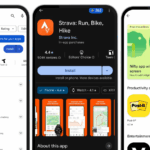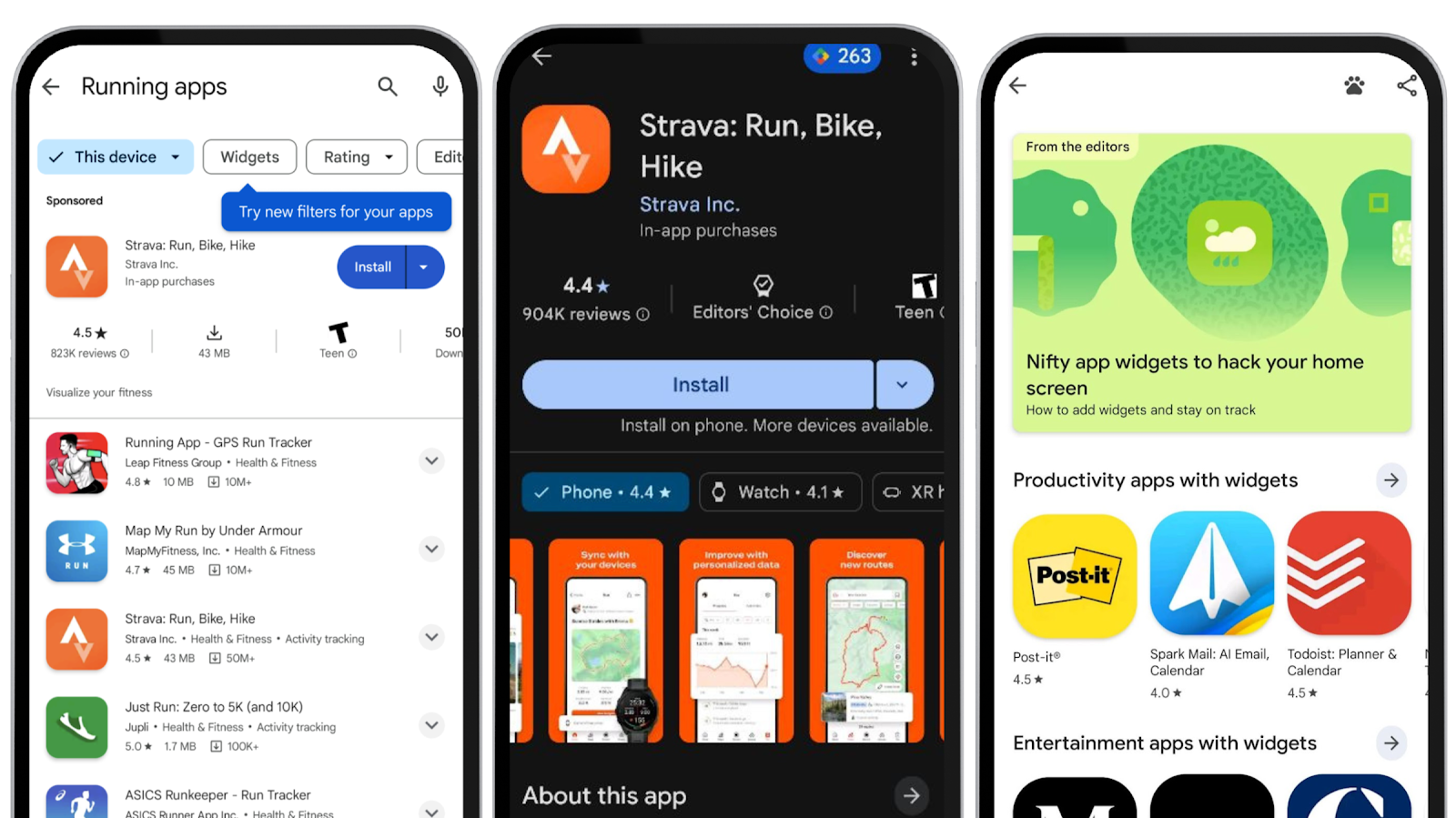
Amazon Is Killing Its Appstore for Android Devices
Amazon has announced that it will be shutting down its Amazon Appstore for Android devices, with the closure set for August 20. This means that the Appstore will no longer operate as a competitor to Google Play for Android users, although it will continue to be available on Amazon’s own hardware like Fire TVs and Fire Tablets.
Developers were informed through a notice that while they can still release updates for existing apps, the store has stopped accepting new app submissions. Additionally, customers using the Amazon Appstore on Android devices won’t be able to make any new in-app purchases after the shutdown date.
Amazon explained its decision by stating that it wants to concentrate on the Appstore experience on its own devices, where most of its customers currently engage with the platform. This means that if you were relying on Amazon’s Appstore on your Android phone or tablet, you’ll now need to switch back to the Google Play Store for apps and updates.
Amazon’s Coins program, which allowed users to buy apps or make in-app purchases with a virtual currency, will also end on August 20. Users who still have Amazon Coins in their accounts can continue to use them up until the shutdown, after which Amazon plans to refund any unused coins, with further details to be announced.
The Amazon Appstore first launched in March 2011, initially offering just over 4,000 apps. It was pre-installed on Amazon Fire devices and was also available on some Android and BlackBerry devices for a period. Although Amazon faced legal challenges over the use of the “Appstore” name, it ultimately won the right to keep it.
Despite these early efforts, competing with Google Play and Apple’s App Store proved difficult. A report from Statista in November described Amazon’s Appstore as a “minor app store” mainly featuring free apps. Google Play remains the largest app marketplace by content, while Apple, though second in volume, continues to generate significantly higher revenue — with users spending about $25 billion globally on apps in the second quarter of 2024.
Amazon had previously discontinued its Appstore in China in 2023, and it will also be ending support for the Appstore on Windows devices starting March 5. This move signals a clear shift in Amazon’s strategy to focus its resources on platforms where it has the strongest user base.

Google Simplifies Widget Discovery on the Play Store
Google is making it easier for Android users to find and explore widgets by introducing several new features aimed at improving how widgets are discovered on the Play Store. On Monday, Google revealed plans to add a dedicated widget search filter, visual badges on app information pages indicating widget availability, and a curated editorial section highlighting top widgets and the apps that offer them.
According to Yinka Taiwo-Peters, a Google product manager, one of the main obstacles developers face when creating widgets has been making sure users can actually find and understand them. She noted that Google has listened to feedback from developers asking for better ways to showcase widgets and has responded by building these new tools to help users discover and use widgets more easily.
The new “Widgets” search filter will be prominently placed at the top of relevant search results, so users can quickly spot which apps provide widgets. Alongside this, Google will add a clear badge on an app’s detail page as a visual cue to show whether it includes widget functionality. To further educate users about the benefits and uses of widgets, Google will also launch a curated editorial page that features collections of standout widgets and highlights the apps that support them.
While Google has yet to provide an exact timeline for when these changes will be available, Taiwo-Peters mentioned they are expected to arrive soon on Google Play across Android phones, tablets, and foldable devices.
In addition to the Android-specific updates, Google also introduced widget improvements for iOS users. For example, the Gemini app on iOS now offers new lock-screen widgets that allow users to type prompts, activate voice mode, open the microphone or camera, and share images or files directly from the lock screen. These updates show Google’s ongoing efforts to enhance widget functionality across platforms.





